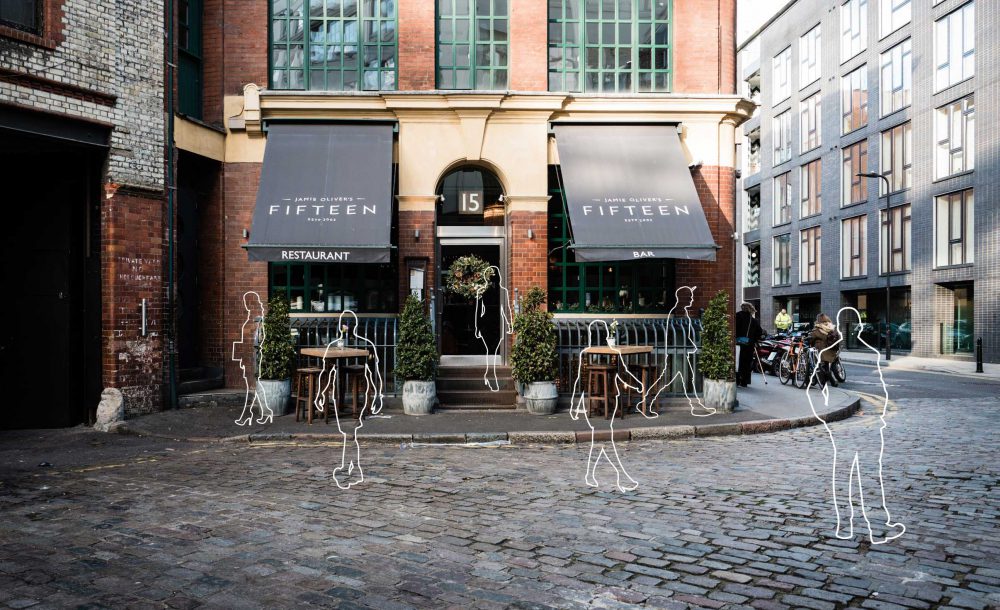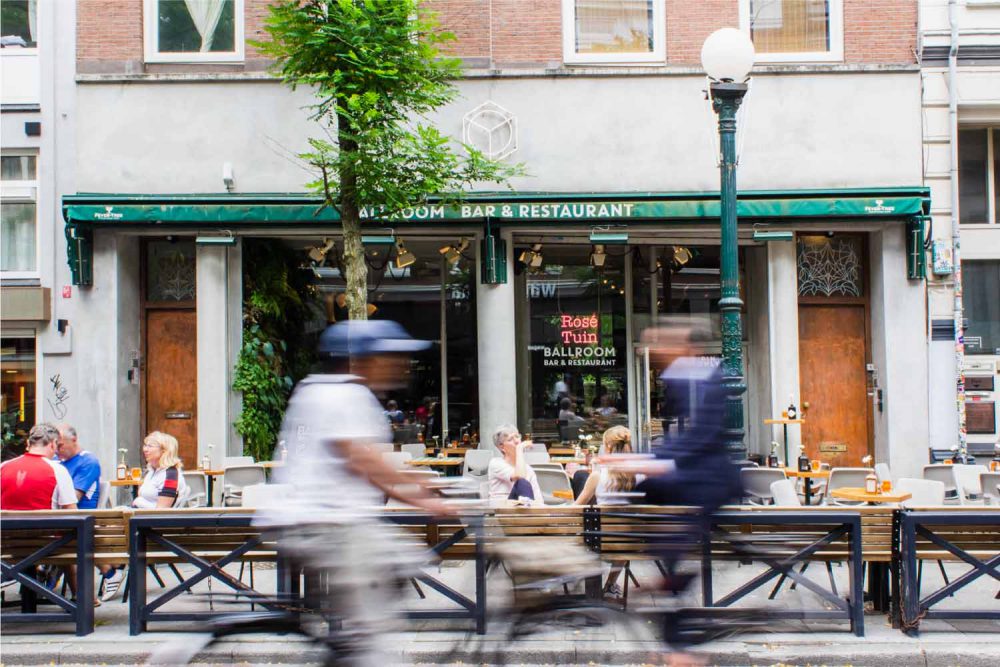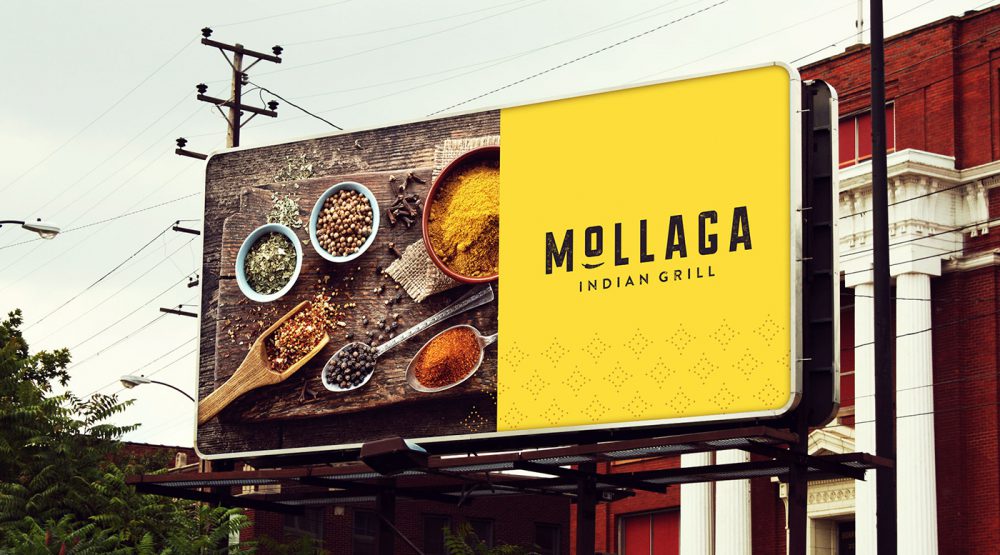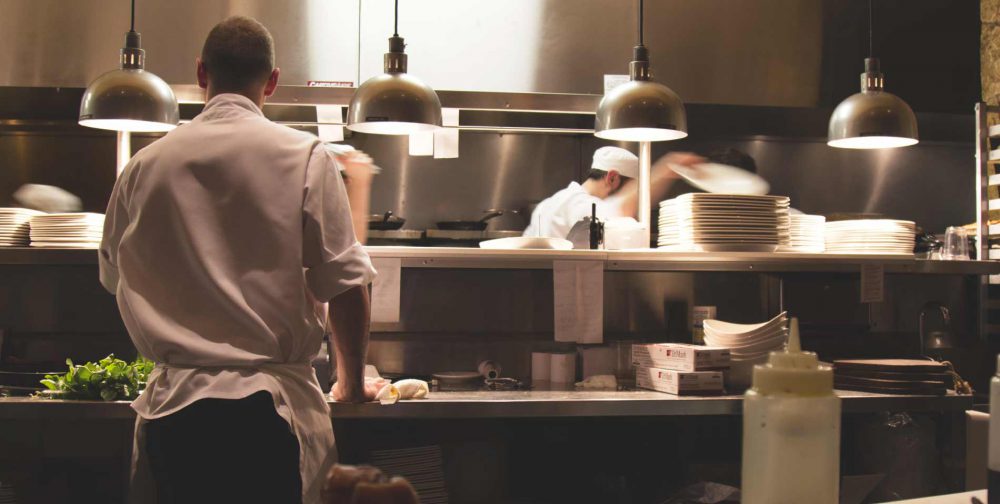8 Most Common Reasons Restaurants Close Within the First Year.
June 20, 2019
Jeremy Wells
Every now and then, the concept of owning a restaurant can make you start up a new company while overlooking the actual responsibilities and issues that restaurant ownership entails. All too often, this leads to novice restaurant owners closing their doors in the first year.
You shouldn’t be one of them.
According to some studies, 60 percent of restaurants close or change ownership within the first year of operation, and 80 percent close within the first five years.
Restaurants fail for many reasons, ranging from health-related closures to constantly poor reviews. However, if you understand the most common factors that cause restaurants to fail, then you can identify warnings signs early, make better decisions, and hopefully not face a disaster.
A Terrible Location
You’ve heard it said: Location, location, location.
One of the greatest, if not the greatest, reasons a restaurant fails is a poor location. Low visibility, no easily accessible parking, and low foot traffic is a mix that makes turning a profit almost impossible.
Choosing the right spot can even compensate for many of the other shortcomings in this list, but a great location won’t ever compensate or excuse you from providing the basics of excellent service and great quality food.
A great location won’t ever compensate or excuse you from providing the basics of excellent service and great quality food.
If you are already operating in a bad location, there are strategies and things you can do to overcome that challenge. Here’s an article we’ve published that may give you some ideas: 7 Ways Your Restaurant Can Still Thrive Despite a Bad Location
Not Enough Capital to Operate
Based on the sort of restaurant you are planning to open, hundreds of thousands of dollars or more may be needed to cover payroll, suppliers, and other expenses until you turn a profit.
Keep in mind that your loan has to last through the grand opening day. Before you serve a single customer, don’t foolishly purchase brand new appliances and furniture for a restaurant. Buy only what you need and weigh the advantages of the equipment you are using. Do not put anyone on the payroll until as near as possible to the opening day.
Be very frugal with your starting loan; do not treat it as if you were just winning the lottery.
As your planning your restaurant, here is a free guide you can read to help you along the way. It covers everything from concept, to funding, legal setup, and grand opening. The Ultimate Guide: How to Start a Restaurant
Bad Customer Service
Poor customer service is a common reason for the closure of any restaurant. A reputation for poor service will spread like wildfire and sometimes it may seem irreparable. Even the finest three-starred restaurant would close down with poor service. Customer service is one of the essential pillars of operating a successful restaurant, and to remain open.
A reputation for poor service will spread like wildfire and sometimes it may seem irreparable.
In the early phases, asking for customer feedback ensures that you can work out the kinks before it’s too late.
Poorly Managed
When you’re searching for a general manager to help run your day-to-day operations, you’ll probably find someone with the most experience and excellent references –and an all around good vibe and cultural fit.
But even still, sometimes you may find a few months later that they’re not running the restaurant well. They may be alienating employees, taking long breaks, or even worse –stealing money or taking advantage of restaurant resources.
These day-to-day pressures of owning and operating a restaurant, combined with the difficulties in staffing restaurants and hospitality brands, can cause great harm to your staff and team culture if not addressed. You need to do regular check-ins with your management and team members to make sure they’re performing at their highest potential.
Poor Marketing & Advertising Efforts
Advertising and marketing are both essential to creating the reputation of a unique restaurant –especially as more and more chain restaurants open throughout the nation. Most people believe you need to pay exorbitant prices to attract customers, however, you can spread awareness at little to no expense to a targeted demographic with social media and word-of-mouth marketing.
Even more importantly, before you begin spending money on any marketing or advertising, you should make sure you have a clear game plan and strategy on what message you’ll be communicating with your customers.
Who are your customers? What do they care about? What makes your restaurant unique? Why should people care about your restaurant?
Do you have a purposeful and profitable brand strategy?
Answering all of these questions and more will help ensure you have a compelling brand story that attracts more customers. Do you have a purposeful and profitable brand strategy? Read more about our restaurant brand strategy process – BrandGPS™.
Ignoring or Evading Taxes
Federal and state taxes come with heavy penalties, charges, and other assorted fees when paid late, but when a restaurant faces tough times, on-time payments are often difficult. Many owners will completely avoid paying taxes and hope that they will get away scot-free.
It may happen once, but tax negligence ends almost always with heavy penalties, closures of businesses, or even jail time.
Being Too “Hands-Off”
To be a restaurant owner, this means that you need to work at your restaurant. Your job as an owner isn’t to just hang out, chat with customers, and become a famous restaurant owner in the process.
Great restaurant owners are often the first in the door and the last out at closing because the owner not only has the most to lose, but the most to gain. Unless the property is solely an investment or the proprietor lives outside the city, the person in charge should be there every day, discovering new solutions to increase profit margins, engage team members, and develop a profitable brand.
Not Properly Tracking Food Costs
The first step towards making a profit is to know how to correctly price your restaurant menu. Do you understand how to calculate your cost per-plate? The majority of owners don’t. For instance, you could try adding an expensive premium ingredient to a lower cost dish, to take full advantage of your per-plate cost and profit margin.
Several other modifications can help to bring the cost of food down without the same flavor. Sticking to the 30% food price golden rule will help you to maintain a healthy profit margin for all of your menu items.
Sticking to the 30% food price golden rule will help you to maintain a healthy profit margin for all of your menu items.
In Conclusion
Now you know the primary reasons why many restaurants fail. You have the chance to study your market and research new ideas – make sure that your concept really works.
Yet, if you never step out and try -you’ll never truly know what it means to be a restaurant owner.
Regardless of all of your planning, the restaurant may fail. But if you continually try to grow and learn while operating within the core functions of any successful restaurant (excellent food, service, and location) you will increase your chances of achievement.
On top of all this, developing a great concept, great name, and brand identity for your restaurant is the icing on the cake. These core foundational strategies will help you be more focused and intentional toward building a strong reputation for your restaurant – and a restaurant that’s set up to succeed.
Want to know more? Download our free E-Book: “7-Figure Restaurant“
Jeremy Wells
Partner at Longitude°
Jeremy is the author of Future Hospitality and Brand Strategist at Longitude°. As a member of the Education Committee for The Boutique & Lifestyle Leaders Association (BLLA) and a content contributor to Cornell University’s Hospitality Vision and Concept Design graduate program, he is a committed thought leader in hotel branding, concepting, and experience strategy.






